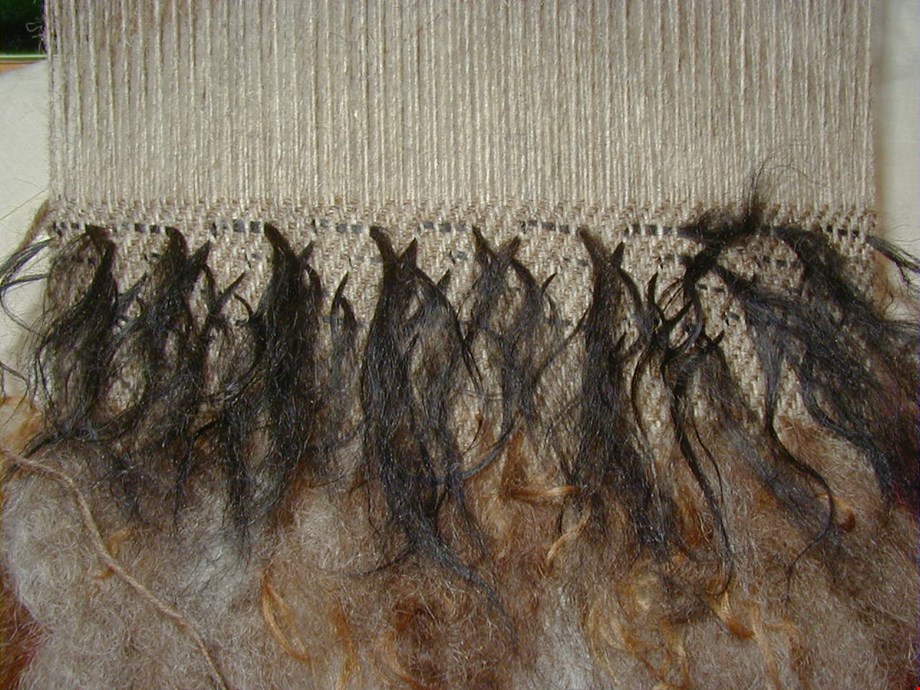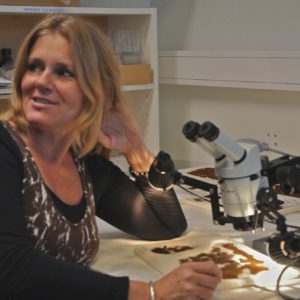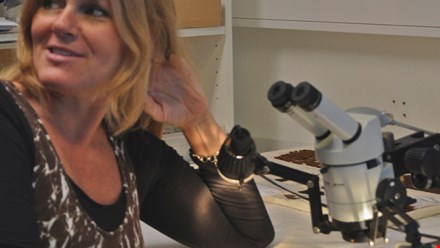
Fyrirlestrar í héraði: Vinna kvenna í 800 ár. Hefðir og vinnubrögð við íslenskan vefnað frá landnámi
Bókhlaða Snorrastofu
 Michele Hayeur Smith fornleifafræðingur flytur (á ensku).
Michele Hayeur Smith fornleifafræðingur flytur (á ensku).
Fjallað verður um íslenskan vefnað frá landnámi og fram á 17. öld, sem hvíldi á vinnuframlagi kvenna og hafði mikla þýðingu fyrir þjóðarbúið.
Enda þótt um föt og vefnað sé víða fjallað í rituðum textum allt frá miðöldum hefur minna verið fjallað um hið mikla magn fornleifa, sem sýna sögu þessa iðnaðar hér á landi. Í ljósi fornleifanna má vel greina störf kvenna í gegnum aldir og þá þróun, sem varð í vefnaði og hvernig klæðin voru notuð.
Michele Hayeur Smith er fornleifafræðingur við Brown University, Rhode Island í Bandaríkjunum og hefur starfað við rannsóknir á klæðum og klæðnaði á Íslandi og víðar, meðal annars á Gilsbakka. Hún heimsótti Snorrastofu árið 2014 og hélt þá fyrirlestur um þá rannsókn ásamt manni sínum Kevin Smith.
Útdráttur á ensku (Abstract):
800 Years of Women’s Work: Textile traditions in Viking and Medieval Iceland
From the Landnám period to the late 17th century, textiles and textile production were central to both Iceland´s women and its economy. Although cloth and cloth production are both mentioned in medieval and post-medieval texts, Iceland's vast archaeological record of textiles has been less well known. However, it provides direct and unexpectedly rich evidence of women's work that reveals changes in the kinds of cloth that were produced, imported, and used over 1000 years, as well as changes in the ways that textiles were used.
The earliest material, from the Viking Age, suggests that Iceland's textile traditions combined approaches from both Norway and the British Isles that were used to produce a wide range of textiles for domestic use. In sites from the medieval period, however, textiles are less diverse and suggest that household production focused on making of vaðmál – a regulated cloth currency used for commercial and legal transactions. By the 17th century, however, approaches to textile production changed again, this time in response to changing climate and shifting international trade networks.
This illustrated talk will present results from two research projects undertaken over the past six years on Icelandic archaeological textiles stored at the National Museum in Reykjavik and will include details about Bláklædda konan, or the Woman in Blue from Ketilstaðir.
Michèle Hayeur Smith is an Archaeologist and textile specialist, from Brown University who has been working in Iceland and in the North Atlantic since 1997.
Myndasafn
Opnunartímar skrifstofu Snorrastofu og Bókhlöðu
Virka daga 10:00–17:00
Prjóna-bóka-kaffi
Opnunartímar Gestastofu
1.maí - 31.ágúst:
Alla daga 10:00 - 17:00
1.sept - 30.apríl:
Virka daga 10:00 - 17:00
Á öðrum tímum eftir samkomulagi.
